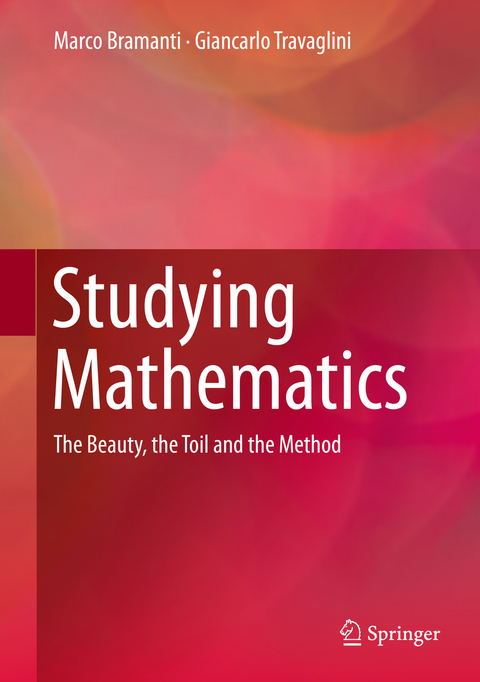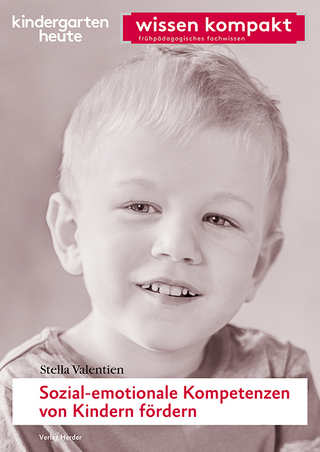
Studying Mathematics
Springer International Publishing (Verlag)
978-3-319-91354-4 (ISBN)
This book is dedicated to preparing prospective college students for the study of mathematics.
It can be used at the end of high school or during the first year of college, for personal study or for introductory courses. It aims to set a meeting between two relatives who rarely speak to each other: the Mathematics of Beauty, which shows up in some popular books and films, and the Mathematics of Toil, which is widely known. Toil can be overcome through an appropriate method of work. Beauty will be found in the achievement of a way of thinking.
The first part concerns the mathematical language: the expressions "for all", "there exists", "implies", "is false", ...; what is a proof by contradiction; how to use indices, sums, induction.
The second part tackles specific difficulties: to study a definition, to understand an idea and apply it, to fix a slightly wrong argument, to discuss suggestions, to explain a proof.
The third part presentscustomary techniques and points of view in college mathematics.
The reader can choose one of three difficulty levels (A, B, C).
Marco Bramanti is Professor of Mathematics at the Politecnico di Milano. His current research interests include linear second order partial differential equations with nonnegative characteristic form, geometry of Hörmander's vector fields, real analysis, in particular singular integral theory. He has authored numerous research papers, one research monograph, and numerous textbooks. Giancarlo Travaglini is Professor of Mathematics at the University of Milano-Bicocca. He is the author of numerous research papers and the author or the editor of several books in the areas of abstract harmonic analysis, Fourier analysis, discrepancy theory and mathematics education. His current mathematical interests include Fourier analysis, discrepancy theory, Radon transforms and didactics of mathematics.
Part 1. The Language of Mathematics.- A Few Ambiguities of Everyday Language.- To represent by Sets.- Propositions and Properties.- Proofs, Implications and Counterexamples.- Negations and Indirect Proofs.- Formulae and Indices.- Saturation of Indices and Syntactic Consistency of a Formula.- Induction and Natural Numbers.- Part 2. The Study of a Mathematical Book.- To Read a Definition.- To Understand, i.e. to Know How to Reuse.- To Learn How to Correct.- To Sift the Ideas.- To Understand, i.e. to Know How to Explain.- Part 3. Pages and Ideas.- Majorizations.- Uniqueness Proofs (Level B).- Functions and Set Theoretic Arguments.- Tiles, Polyhedra, Characterizations.- Index.
| Erscheinungsdatum | 12.08.2018 |
|---|---|
| Zusatzinfo | XVII, 398 p. 140 illus., 11 illus. in color. |
| Verlagsort | Cham |
| Sprache | englisch |
| Maße | 178 x 254 mm |
| Gewicht | 971 g |
| Themenwelt | Geisteswissenschaften ► Psychologie ► Pädagogische Psychologie |
| Mathematik / Informatik ► Mathematik | |
| Sozialwissenschaften ► Pädagogik ► Schulpädagogik / Grundschule | |
| Schlagworte | Learning and Instruction • mathematical exercises • mathematics education • Mathematics textbook • undergraduate mathematics • university mathematics |
| ISBN-10 | 3-319-91354-9 / 3319913549 |
| ISBN-13 | 978-3-319-91354-4 / 9783319913544 |
| Zustand | Neuware |
| Informationen gemäß Produktsicherheitsverordnung (GPSR) | |
| Haben Sie eine Frage zum Produkt? |
aus dem Bereich


